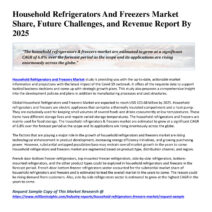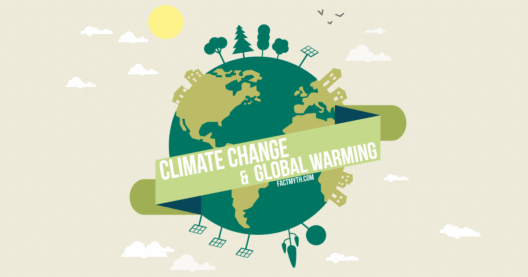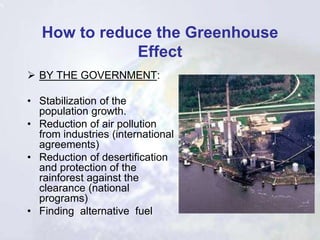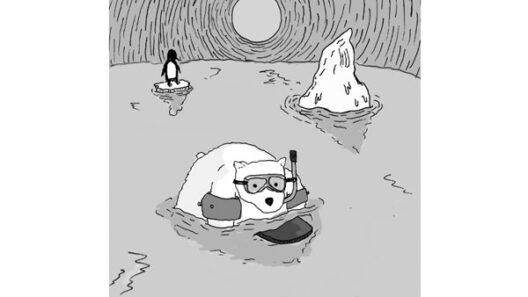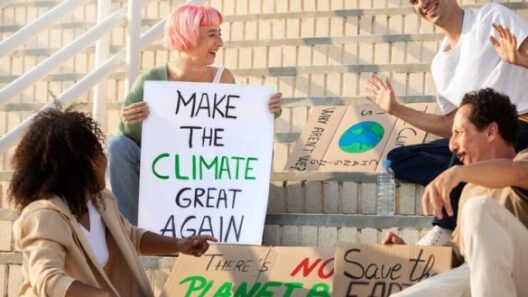Climate change, a phenomenon that has escalated in urgency and visibility, stands as one of the most pressing challenges of our time. The implications of this global crisis ripple through ecosystems, economies, and social structures, presenting a myriad of scenarios that compel us to rethink our relationship with the natural world. As climate scientists project future trends, it becomes increasingly apparent that the consequences of climate change will be profound and far-reaching. In this discourse, we explore how climate change is poised to affect us in the future, delineating its effects on food security, health, and urban landscapes.
Our world is on the precipice of change, and understanding these shifts demands an open mind and a willingness to adapt. The following sections will delve into potential scenarios, highlighting the intricate interplay between human activity and environmental stability.
Transforming Agriculture: Food Security in Jeopardy
The agricultural sector, a cornerstone of human civilization, faces unprecedented upheaval due to climate change. As temperatures rise and precipitation patterns alter, the yields of staple crops such as wheat, rice, and corn are threatened. This decline not only jeopardizes food security but also exacerbates inequalities, disproportionately affecting marginalized communities who rely heavily on subsistence farming.
Moreover, the frequency of extreme weather events—floods, droughts, and hurricanes—may decimate entire harvests, hampering the ability of nations to feed their populations. For instance, studies anticipate that a 2°C increase in global temperatures could reduce yields of key crops by as much as 25 percent.Yield variances will not be uniform across regions, resulting in food deserts in areas already grappling with poverty. A shift from traditional farming methods to more resilient agricultural practices, including polyculture and permaculture, may become essential, but implementation often hinges on accessible technology and resources.
Additionally, shifting temperature zones and growing seasons will require farmers to adapt rapidly to new realities. Such adaptations will necessitate not only agricultural ingenuity but also robust policy frameworks to support farmers in transition. In this climate of uncertainty, the specter of famine could ease its grip on food supply chains if we embrace sustainable practices and diversify our food systems.
Health Impacts: A Rising Tide of Illness
The ramifications of climate change extend beyond the agricultural sphere, infiltrating public health in alarming ways. As the planet warms, the incidence of vector-borne diseases, such as malaria and dengue fever, is projected to rise. Warmer temperatures expand the geographical range of mosquitoes and other vectors, posing new threats to human health and straining healthcare systems already burdened by existing health inequities.
Additionally, air quality will suffer, as higher temperatures exacerbating ozone pollution can lead to respiratory illnesses and cardiovascular issues. Vulnerable populations, including the elderly, children, and those with pre-existing conditions, will bear the brunt of these adverse health outcomes.
The interplay between climate-induced stressors and mental health is another domain warranting attention. Natural disasters, such as hurricanes and wildfires, instigate psychological trauma and economic fallout, leading to heightened rates of anxiety and depression. As communities grapple with the aftermath of such events, mental health resources may become strained, necessitating an integrated model of ecological and psychological resilience.
Urbanization: The Future of Our Cities
Climate change will not only test our environmental resources but also reshape our urban landscapes significantly. Cities, often vulnerable to the ramifications of climate change, face challenges ranging from rising sea levels to increased heatwaves. Coastal cities like New York and Miami are at risk of flooding, calling for extensive infrastructure investments and potential mass relocations.
However, this urban transformation can spark innovation. As cities adapt, they may embrace sustainable design principles, optimizing energy efficiency and green spaces. The concept of ‘smart cities’—integrated technological solutions aimed at improving urban life—could flourish amidst these adaptations. Urban planners and architects are already exploring resilient infrastructure that can withstand climate extremes while promoting social equity.
The surge of urban migration as people flee climate-stricken areas could further exacerbate the challenges of densely populated regions. The resultant strain on public services, housing, and sanitation necessitates a proactive approach to urban planning, ensuring that cities are equipped to nurture their residents amidst changing climatic conditions.
Conclusion: A Call to Action
Climate change is more than an environmental concern; it is a multifaceted crisis that encroaches on our food security, public health, and urban infrastructure. As we glimpse into the future, it becomes clear that adaptation and mitigation strategies must be prioritized. The consequences of inaction could be catastrophic, yet within this challenge lies an opportunity for profound transformation. By reimagining our approach to sustainability, advocating for equitable policies, and embracing innovative solutions, we can navigate the unfolding realities of climate change, ultimately fashioning a resilient future for generations to come.
As we stand at this juncture of urgency and potential, the imperative is clear: we must act decisively to foster an environment where humanity and nature can thrive in concert. The future beckons, and it is up to us to respond with courage and conviction.
